Great pics! I think that your tank seems to have an extremely high "resiliency factor!"
Navigation
Install the app
How to install the app on iOS
Follow along with the video below to see how to install our site as a web app on your home screen.
Note: This feature may not be available in some browsers.
More options
You are using an out of date browser. It may not display this or other websites correctly.
You should upgrade or use an alternative browser.
You should upgrade or use an alternative browser.
Of mud, mangroves, and niches: Mission 2018
- Thread starter Scott Fellman
- Start date
- Tagged users None
It would be interesting to do a poll regarding reef "biotopes" vs. the more sterile systems. I wonder if it is the folks who have spent time diving on reefs that prefer the more "natural" look.
That is not to say that large SPS packed tanks aren't beautiful, but to some degree they over diversify what happens in nature in a relatively small space. Of course one issue is that many of the contributors to a reef don't flourish in captivity.
Some of the most fascinating creatures live in the "muck" leading up to the reef edges.
Put me down as someone who loves the grass to reef interface. If I had time for a large tank I would certainly try to replicate that environment. But, I appreciate the skill that it takes to run any thriving reef aquarium.
(Now this couple would keep the sandbed stirred up!)

That is not to say that large SPS packed tanks aren't beautiful, but to some degree they over diversify what happens in nature in a relatively small space. Of course one issue is that many of the contributors to a reef don't flourish in captivity.
Some of the most fascinating creatures live in the "muck" leading up to the reef edges.
Put me down as someone who loves the grass to reef interface. If I had time for a large tank I would certainly try to replicate that environment. But, I appreciate the skill that it takes to run any thriving reef aquarium.
(Now this couple would keep the sandbed stirred up!)
It would be interesting to do a poll regarding reef "biotopes" vs. the more sterile systems. I wonder if it is the folks who have spent time diving on reefs that prefer the more "natural" look.
I dive and I'm not a fan of the more sterile type of system unless it's something that functional like a tank that is strictly to grow coral. I'm into setting up an interesting ecosystem (like looking at a section of a reef) and choose the inhabitants accordingly. I don't care if there are a few "pests" in there. I'm okay dealing with them and actually enjoy it.
Great read and topic Scott!
I started my 1st mud refugium and growing macros around 2000. A well established 65 gal I was running was full of hair algae I couldn't get rid of using "Berlin Method". I incorporated a refugium consistent with Ecosystem Aquariums standards using Miracle Mud and after a couple of months the hair algae in the DT was gone. Before learning about mud, DSB were the methods used in nitrate reduction. I remember reading Bob Goemans, Live Sand Secrets pamphlet. Although the reading and methods sounded effective, I never established a DSB, like many, I always felt it was a lot of area to dedicate to sand vs 1" of mud is just as effective. I'm still running mud today, although not using caulerpas, mangroves, and other seagrasses, but chaetomorpha with the mud below it. I have grown many different types of caulerpas, and mangroves in my refugiums in the past. Like some mention, I also experienced many of the problems associated with these. Without doubt, refugiums and the growth of algaes increase biodiversity in reef systems naturally. I will add, that locally, some of the nicest and healthiest patch reefs are surrounded by grasses and closest to mangrove estuaries. I see a direct correlation there. In my tanks, 4 right now, all have refugium with mud and chaeto incorporated. Tunicates, sponges, amphipods, worms of all sort are present in all the tanks. Here are some pics of creatures I never put in, but just appeared and multiplied.
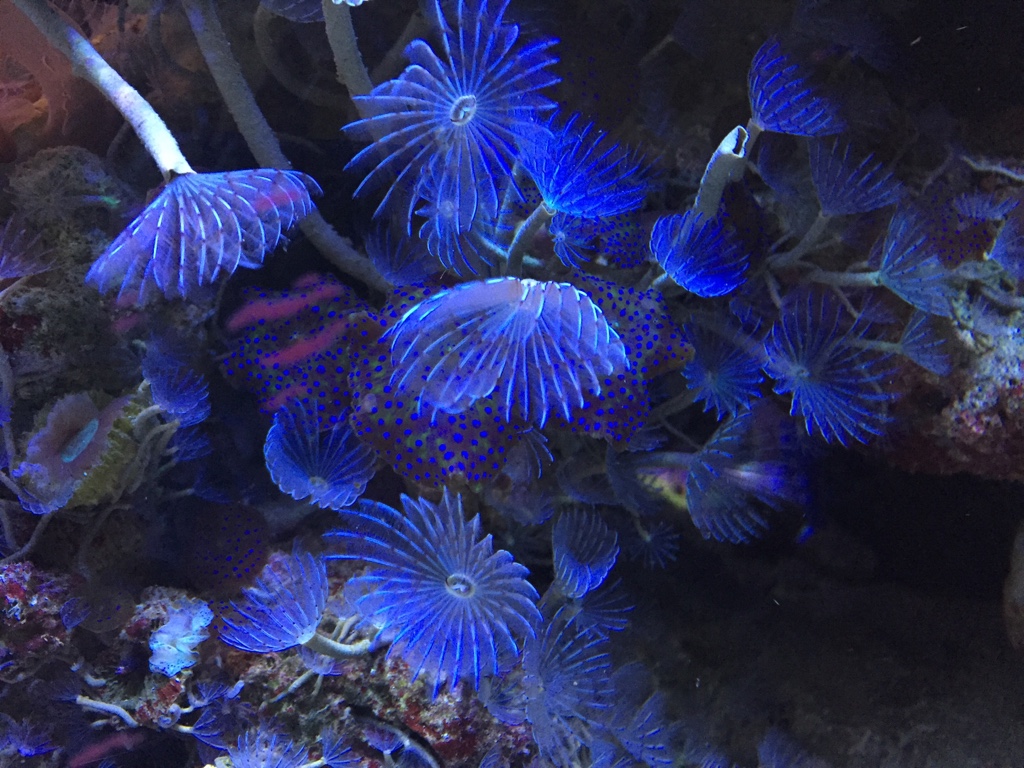
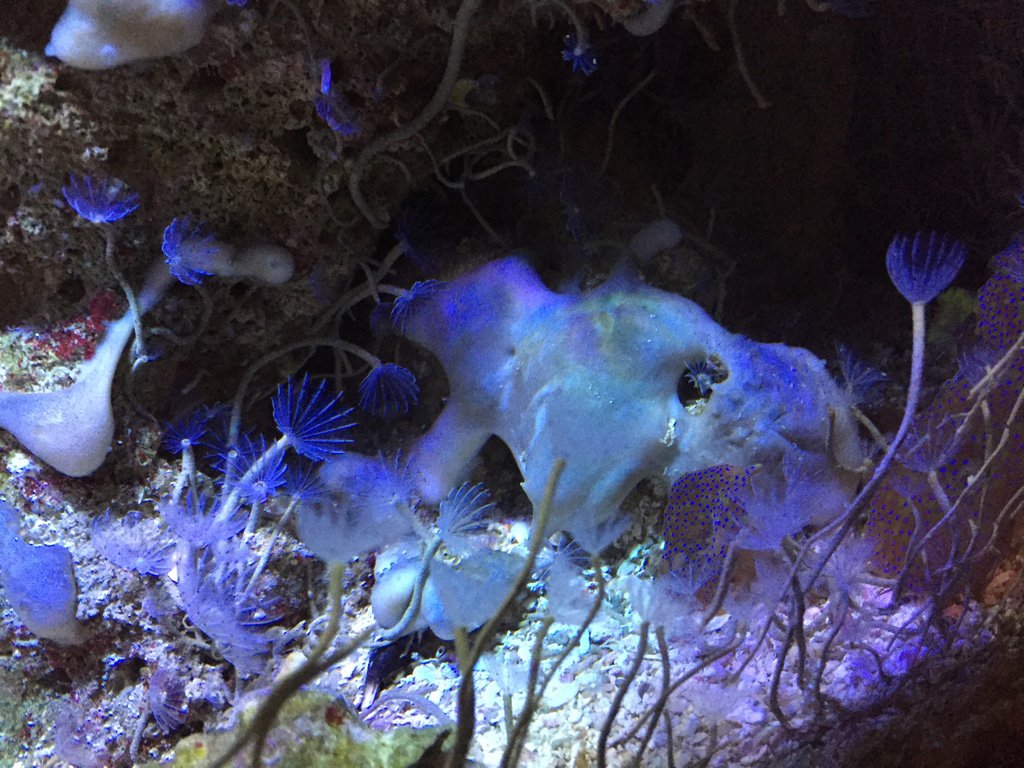
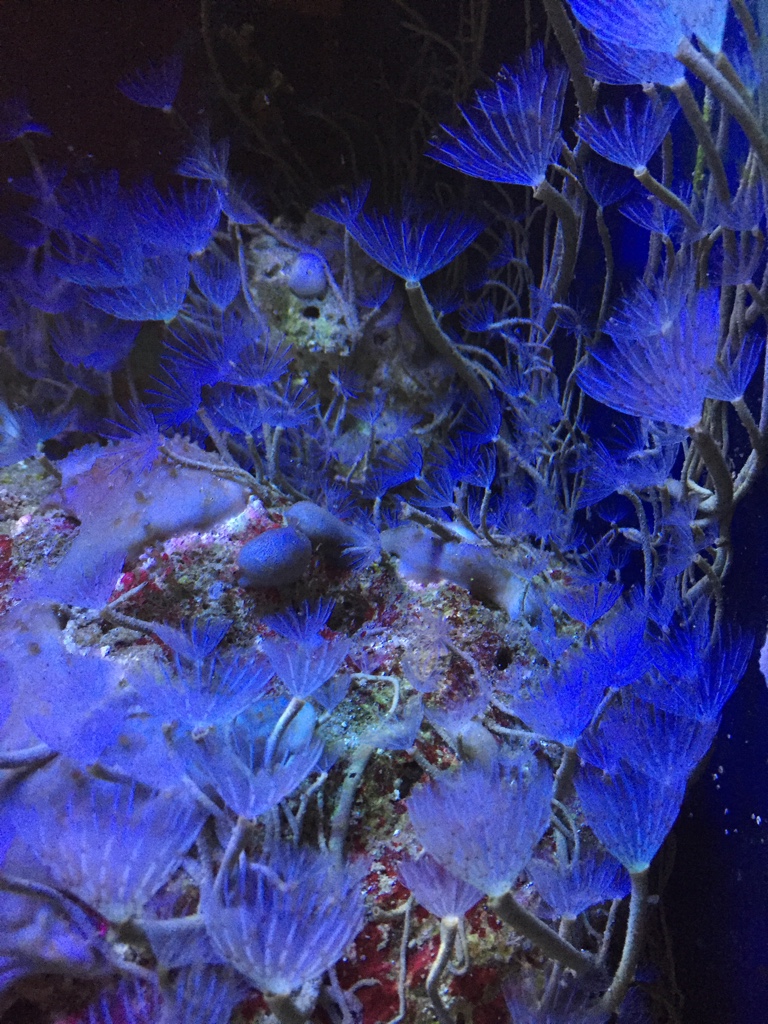
I started my 1st mud refugium and growing macros around 2000. A well established 65 gal I was running was full of hair algae I couldn't get rid of using "Berlin Method". I incorporated a refugium consistent with Ecosystem Aquariums standards using Miracle Mud and after a couple of months the hair algae in the DT was gone. Before learning about mud, DSB were the methods used in nitrate reduction. I remember reading Bob Goemans, Live Sand Secrets pamphlet. Although the reading and methods sounded effective, I never established a DSB, like many, I always felt it was a lot of area to dedicate to sand vs 1" of mud is just as effective. I'm still running mud today, although not using caulerpas, mangroves, and other seagrasses, but chaetomorpha with the mud below it. I have grown many different types of caulerpas, and mangroves in my refugiums in the past. Like some mention, I also experienced many of the problems associated with these. Without doubt, refugiums and the growth of algaes increase biodiversity in reef systems naturally. I will add, that locally, some of the nicest and healthiest patch reefs are surrounded by grasses and closest to mangrove estuaries. I see a direct correlation there. In my tanks, 4 right now, all have refugium with mud and chaeto incorporated. Tunicates, sponges, amphipods, worms of all sort are present in all the tanks. Here are some pics of creatures I never put in, but just appeared and multiplied.



In love with this pic!
It would be interesting to do a poll regarding reef "biotopes" vs. the more sterile systems. I wonder if it is the folks who have spent time diving on reefs that prefer the more "natural" look.
That is not to say that large SPS packed tanks aren't beautiful, but to some degree they over diversify what happens in nature in a relatively small space. Of course one issue is that many of the contributors to a reef don't flourish in captivity.
Some of the most fascinating creatures live in the "muck" leading up to the reef edges.
Put me down as someone who loves the grass to reef interface. If I had time for a large tank I would certainly try to replicate that environment. But, I appreciate the skill that it takes to run any thriving reef aquarium.
(Now this couple would keep the sandbed stirred up!)
Great question! I mean, in the end, it's purely an individual question, with no right or wrong or whatever as we all know. However, I can't help but wonder what some of the incredibly talented "sterile frag tank" types could do in a high diversity, more "natural" reef tank...
Great read and topic Scott!
I started my 1st mud refugium and growing macros around 2000. A well established 65 gal I was running was full of hair algae I couldn't get rid of using "Berlin Method". I incorporated a refugium consistent with Ecosystem Aquariums standards using Miracle Mud and after a couple of months the hair algae in the DT was gone. Before learning about mud, DSB were the methods used in nitrate reduction. I remember reading Bob Goemans, Live Sand Secrets pamphlet. Although the reading and methods sounded effective, I never established a DSB, like many, I always felt it was a lot of area to dedicate to sand vs 1" of mud is just as effective. I'm still running mud today, although not using caulerpas, mangroves, and other seagrasses, but chaetomorpha with the mud below it. I have grown many different types of caulerpas, and mangroves in my refugiums in the past. Like some mention, I also experienced many of the problems associated with these. Without doubt, refugiums and the growth of algaes increase biodiversity in reef systems naturally. I will add, that locally, some of the nicest and healthiest patch reefs are surrounded by grasses and closest to mangrove estuaries. I see a direct correlation there. In my tanks, 4 right now, all have refugium with mud and chaeto incorporated. Tunicates, sponges, amphipods, worms of all sort are present in all the tanks. Here are some pics of creatures I never put in, but just appeared and multiplied.



Absolutely these environments are fascinating, and I think there are a lot of "sub-approaches" within this "methodology"- and I think there are many ways to make it work...and with a "fusion" of some of the more modern technology and such, the possibilities for real success for some previously abandoned "old school" approaches might just be more compelling!;Wideyed
Nope GCE doesn't have it... I just talked to Russ. Apparently it's illegal to harvest in FL. Here's what he said: "All seagrass is protected from harvest in the state of Florida unless you obtain a special use permit. The FWC enforces the law under the commercial marine life license. I had received permission from the dept of agriculture to harvest free floating specimens but I no longer wished to risk losing my license from the fwc so I stopped a few years ago. Some folks do just pull it up from the sand but this is illegal."Try a place called "Gulf Coast Ecosystems"...do a Google search for them...great little place!
Good information...There's no way anyone should risk that or violate laws...It's going to be necessary to look to other sources now! Here's the other source Ive used in the past... http://bit.ly/2f0Hp5sNope GCE doesn't have it... I just talked to Russ. Apparently it's illegal to harvest in FL. Here's what he said: "All seagrass is protected from harvest in the state of Florida unless you obtain a special use permit. The FWC enforces the law under the commercial marine life license. I had received permission from the dept of agriculture to harvest free floating specimens but I no longer wished to risk losing my license from the fwc so I stopped a few years ago. Some folks do just pull it up from the sand but this is illegal."
Similar threads
- Replies
- 3
- Views
- 177
- Replies
- 40
- Views
- 807




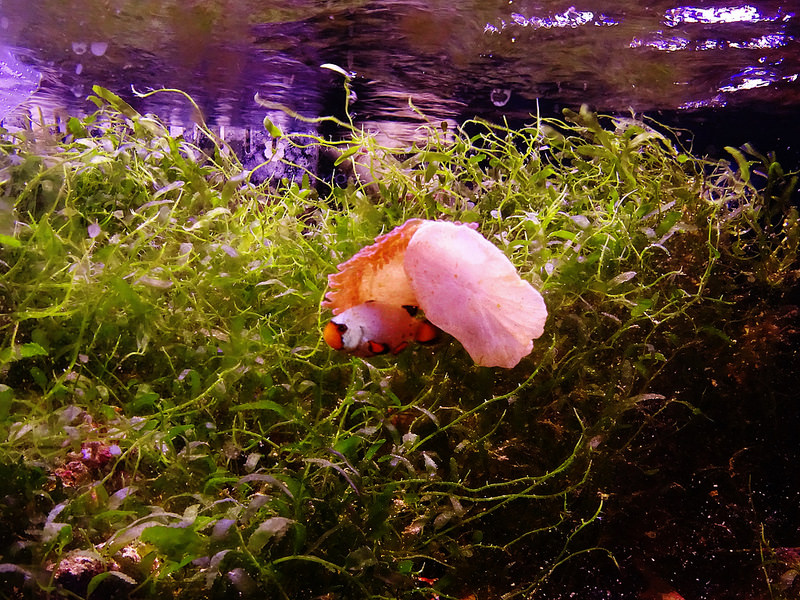 DSC01721
DSC01721

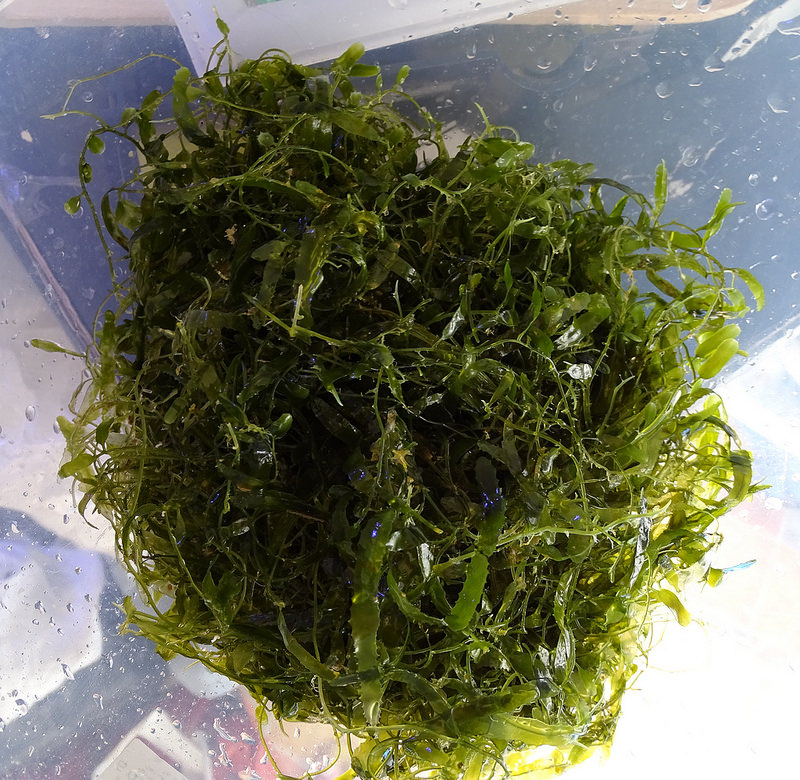 DSC01848
DSC01848








